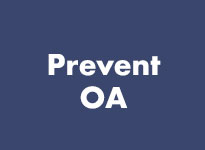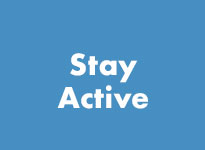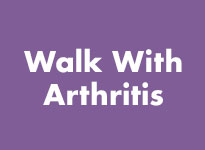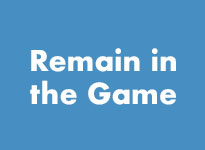Manage OA
While there is currently no cure for osteoarthritis (OA), there are a number of lifestyle changes that people can make to help ease symptoms like pain, fatigue, and swelling. The Centers for Disease Control and Prevention (CDC) recommends taking part in self-management education programs (SME), staying active, and managing your weight.
Are you experiencing stiffness, swelling and/or pain in your joints? It could be caused by osteoarthritis. OA is the most common type of arthritis.
You don’t have to live with joint pain. Even though there is no cure for OA, there are many options to manage OA pain. Remember that people respond differently to treatments, so you may need to try several methods (or a combination of methods) to help you manage your OA symptoms. Talk to your healthcare provider about your treatment options.
It’s important to get started today. For most people, OA could get worse over time if symptoms are not addressed now.
Take steps today to get on the path to less joint pain.
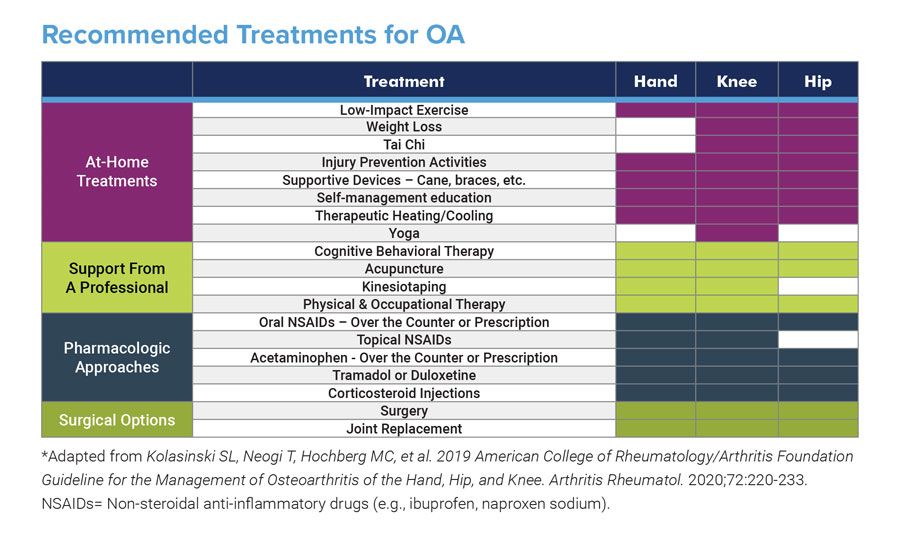
Questionable Treatments
There is little scientific evidence that the following alternative treatments are effective or safe to address OA pain. Combining any medications (over-the-counter or prescription) carries risk. It is important that you discuss any non-prescribed medications or supplements with your healthcare provider.
- CBD products
- Glucosamine supplements
- Vitamins & Minerals
- Turmeric
- Fish oil
- Herbal treatments
Get on the Path to Less Joint Pain
Taking the first step is often the hardest in managing your OA symptoms. We asked people with OA to tell us what they do to stay motivated and keep moving to help manage their joint pain. Maybe some of these ideas will inspire you to keep on the path to less joint pain:
- Strive to stay physically active throughout the day, even if you have to try shorter “bursts” of activity. Walk With Ease can help you learn to walk safely and comfortably and can help to keep you motivated and accountable.
- Losing weight is hard. When the going gets tough, remember that any weight loss amount can help relieve some of your pain by decreasing pressure on your joints.
- Chronic pain can make you feel isolated and lonely. Maintain a support network of family and friends to feel connected with those you love. Enrolling in an online support group such as HealthUnlocked or Facebook StandUp2OA support group is a great way to share what you are going through with others who understand.
- Keep a positive mindset. This might be easier said than done, but small moments of joy can have big impacts. Consider starting a daily gratitude journal or taking time to reflect on the things that have gone well recently.
- Recognize, understand, and accept that OA will affect how you move your body, which will impact your life. Assistance in the form of a cane, walker, braces, cushions, or a body pillow may be needed to help reduce the amount of pressure on your joints.
- Work with a trusted physical therapist/physiotherapist to learn safe exercises to keep your muscles strong and joints flexible.
- Learn the basics of health insurance and research the potential costs for various types of medical procedures to be able to make more informed decisions.
Take Steps to Learn About OA
There are lots of programs available to help you manage your OA symptoms and pain. Explore all these options.
Self-Management Education (SME)
The Centers for Disease Control and Prevention (CDC) recommends taking part in self-management education programs (SME), increasing physical activity levels, and managing weight. In support of these recommendations, the CDC Arthritis Program lists a number of programs that they consider arthritis-appropriate evidence-based interventions. Links to these and other information are included below.
Self-management education (SME) includes a variety of programs, usually held in the community like a local YMCA or parks department, that help adults with a chronic condition learn how to manage it, prevent its short- and long-term health consequences, and achieve the best possible quality of life.
Osteoarthritis | Prevention & Self-Management
Chronic Disease Self-Management (CDSMP) This is a classroom-based program that provides tools to help manage symptoms related to chronic conditions. The workshops meet for 2.5 hours per week over 6 weeks. There is also a Spanish version of the program: Tomando Control de su Salud (Spanish CDSMP). This program leads to significant improvements in ability to do social and household activities, mental health, reduction in symptoms like pain, and increased confidence in your ability to manage chronic conditions.
Physical Activity
Similar to self-management programs, physical activity programs can help you learn to manage your symptoms while becoming more active. Physical activity can decrease pain, improve physical function by about 40%, and may reduce healthcare costs. Visit the Stay Active page to find all of our physical activity resources
Weight Management
For every 1 pound of weight loss, there is 4 pounds of relief on your knees. Losing 15 pounds can cut knee pain in half. Visit the Weight Management page to find all of our weight management resources.
Explore More
The information provided on this website is for educational purposes only. Always consult your doctor before starting any new treatments or if you have any questions about your current treatment.





